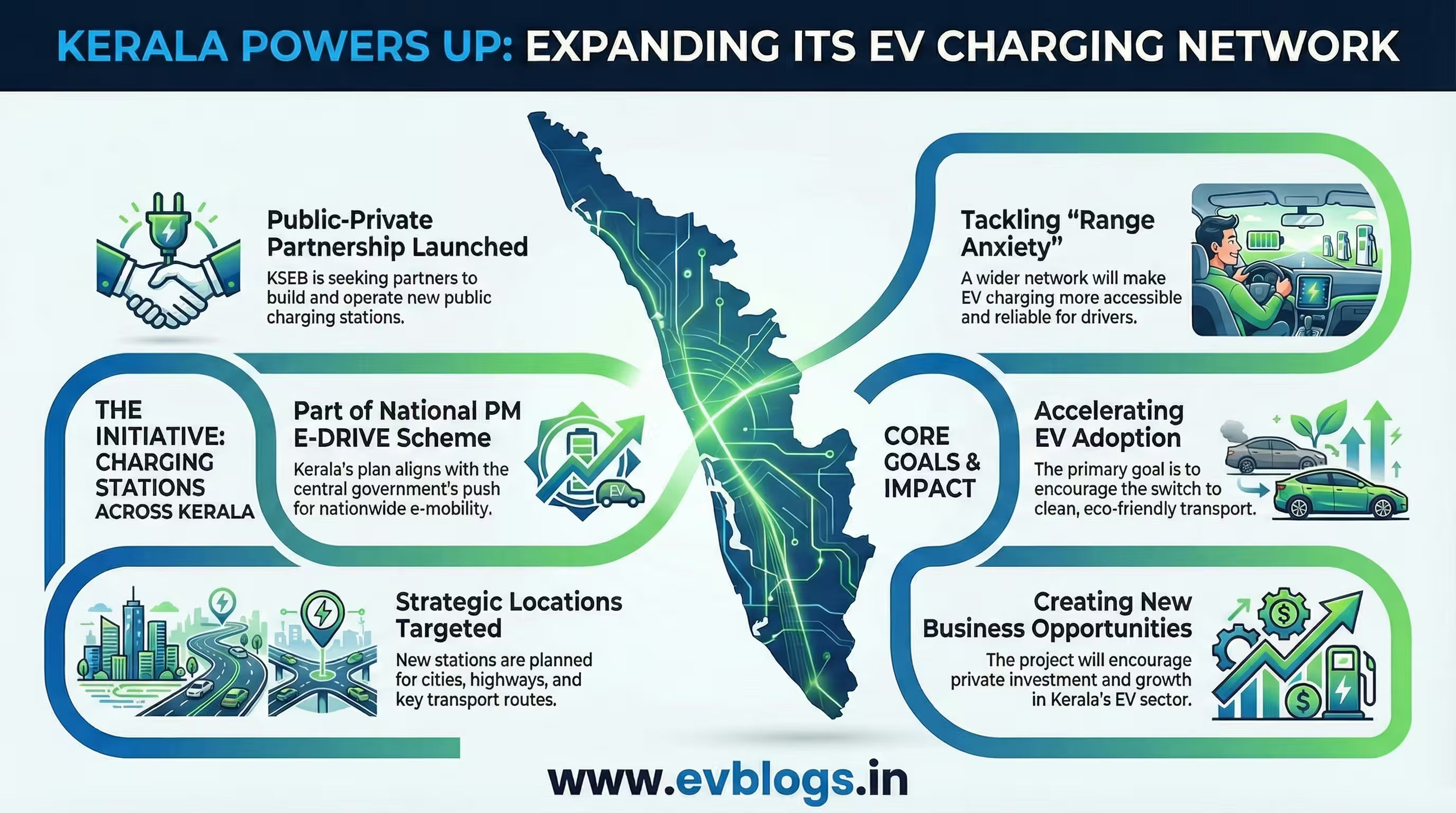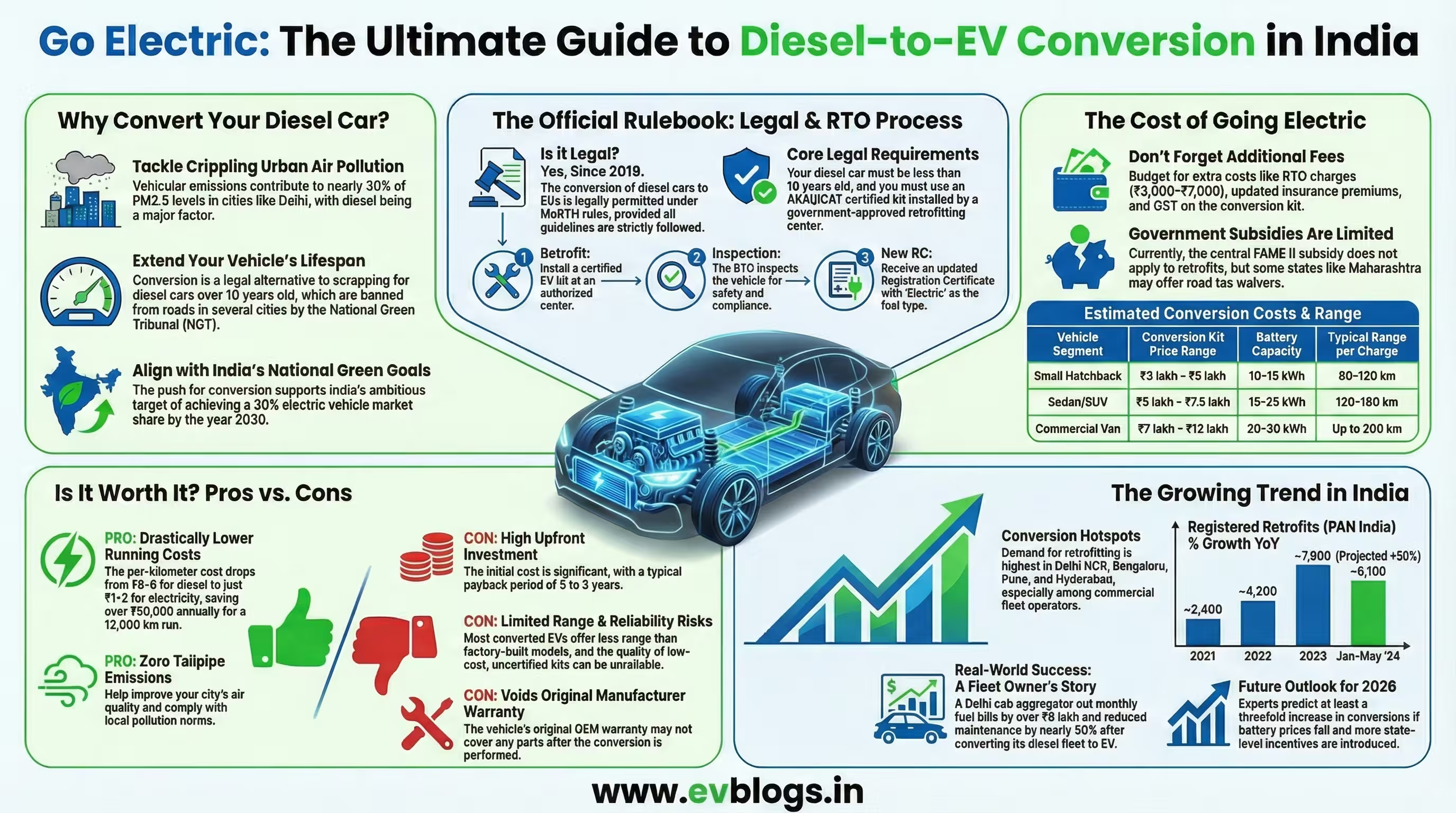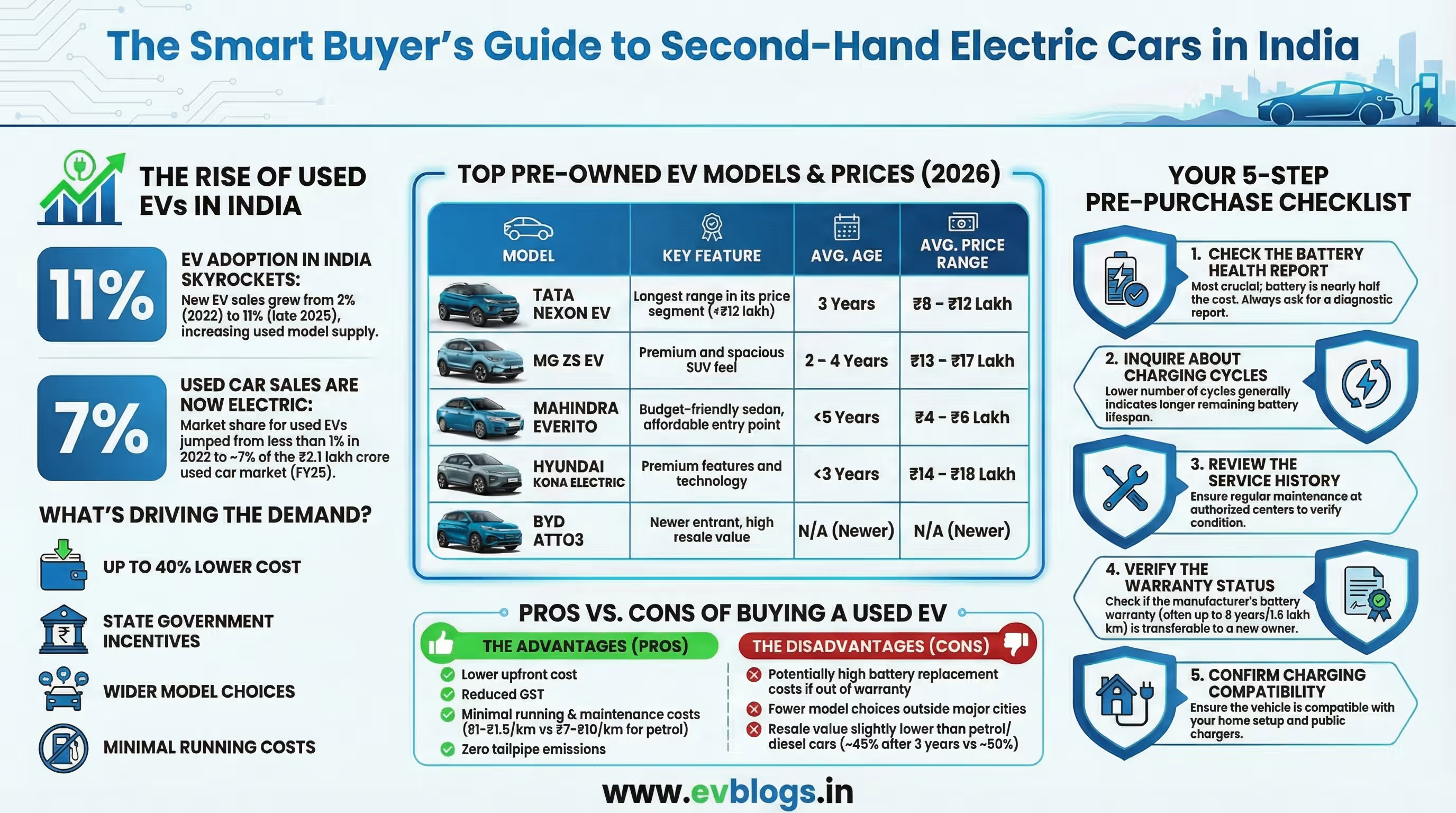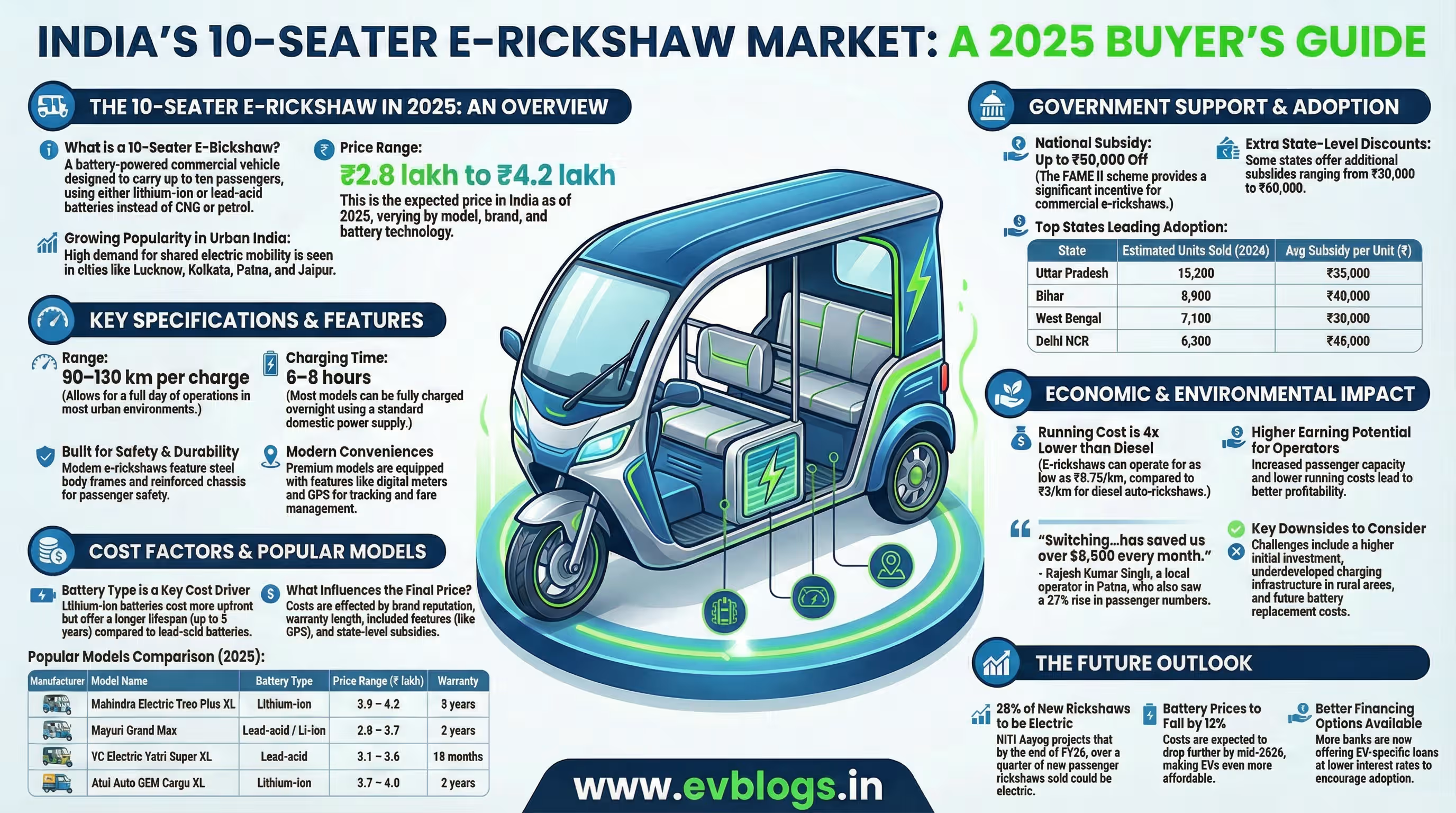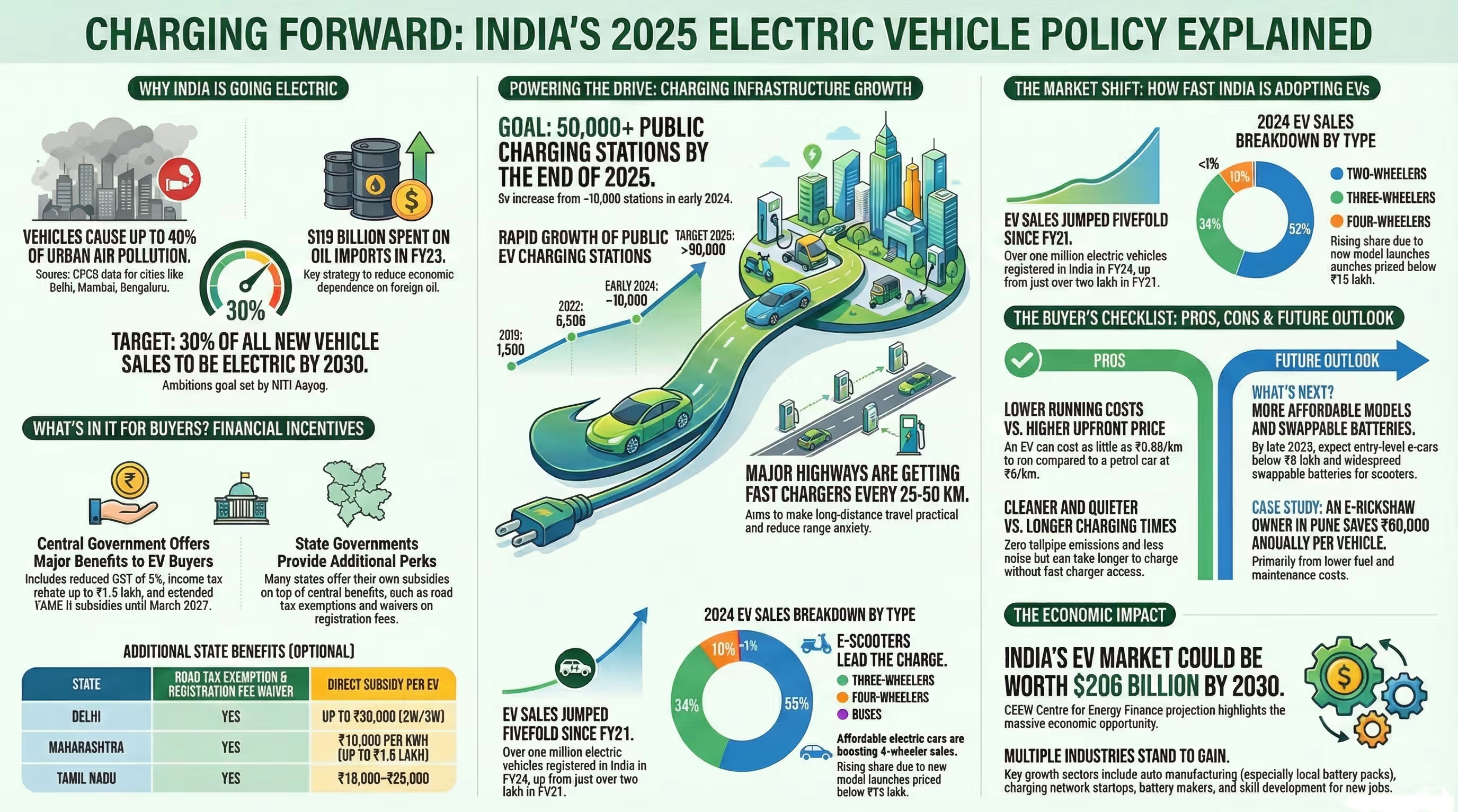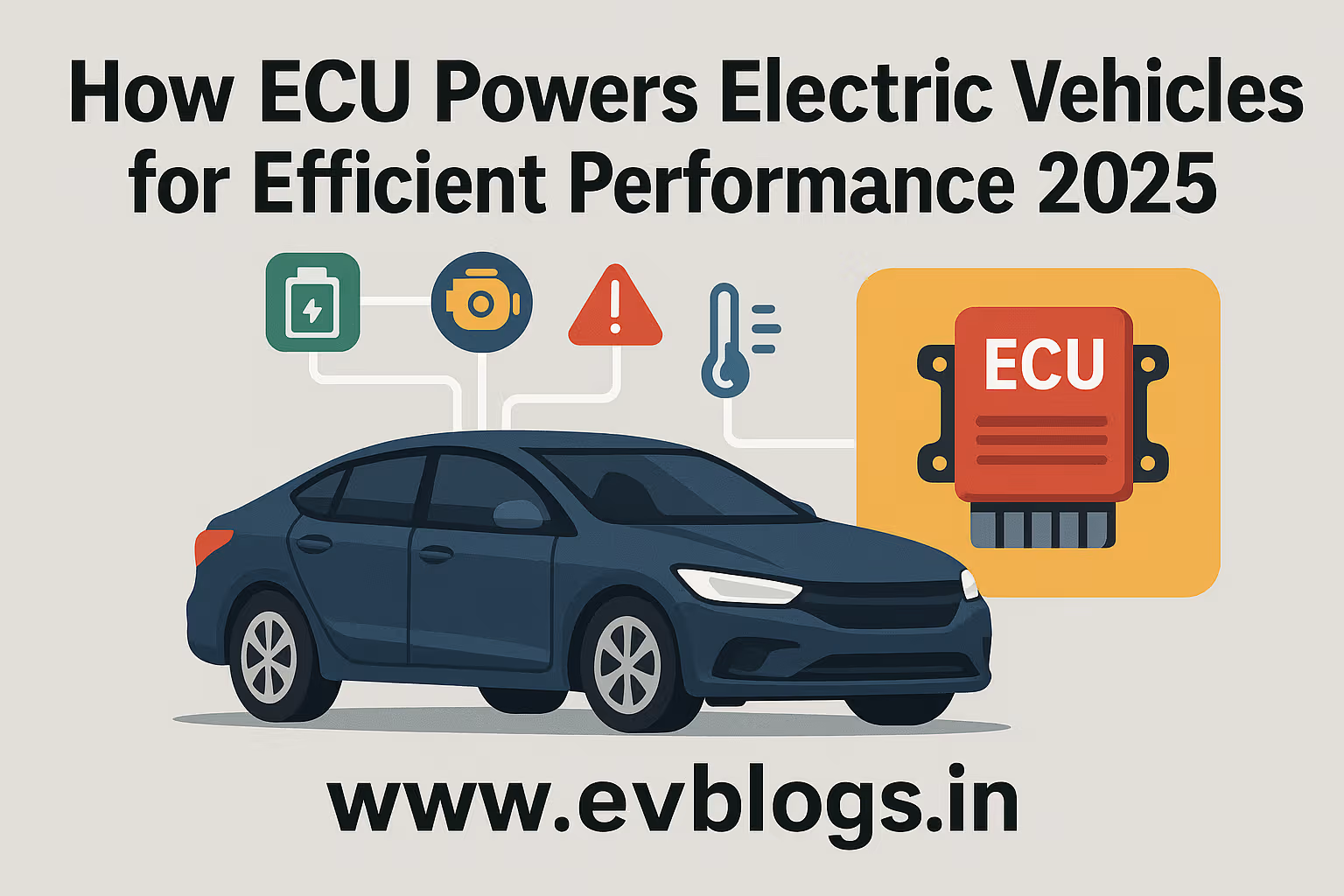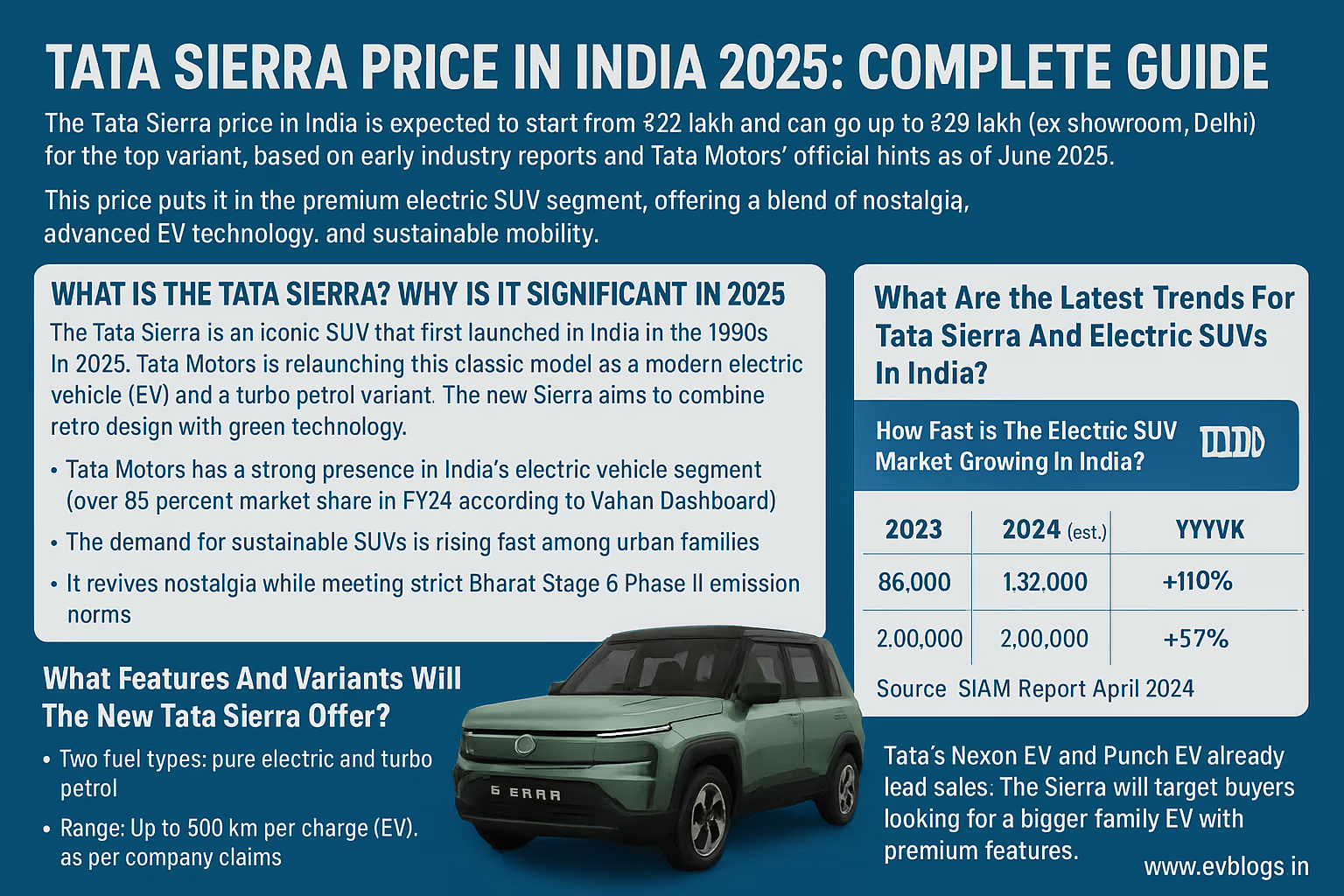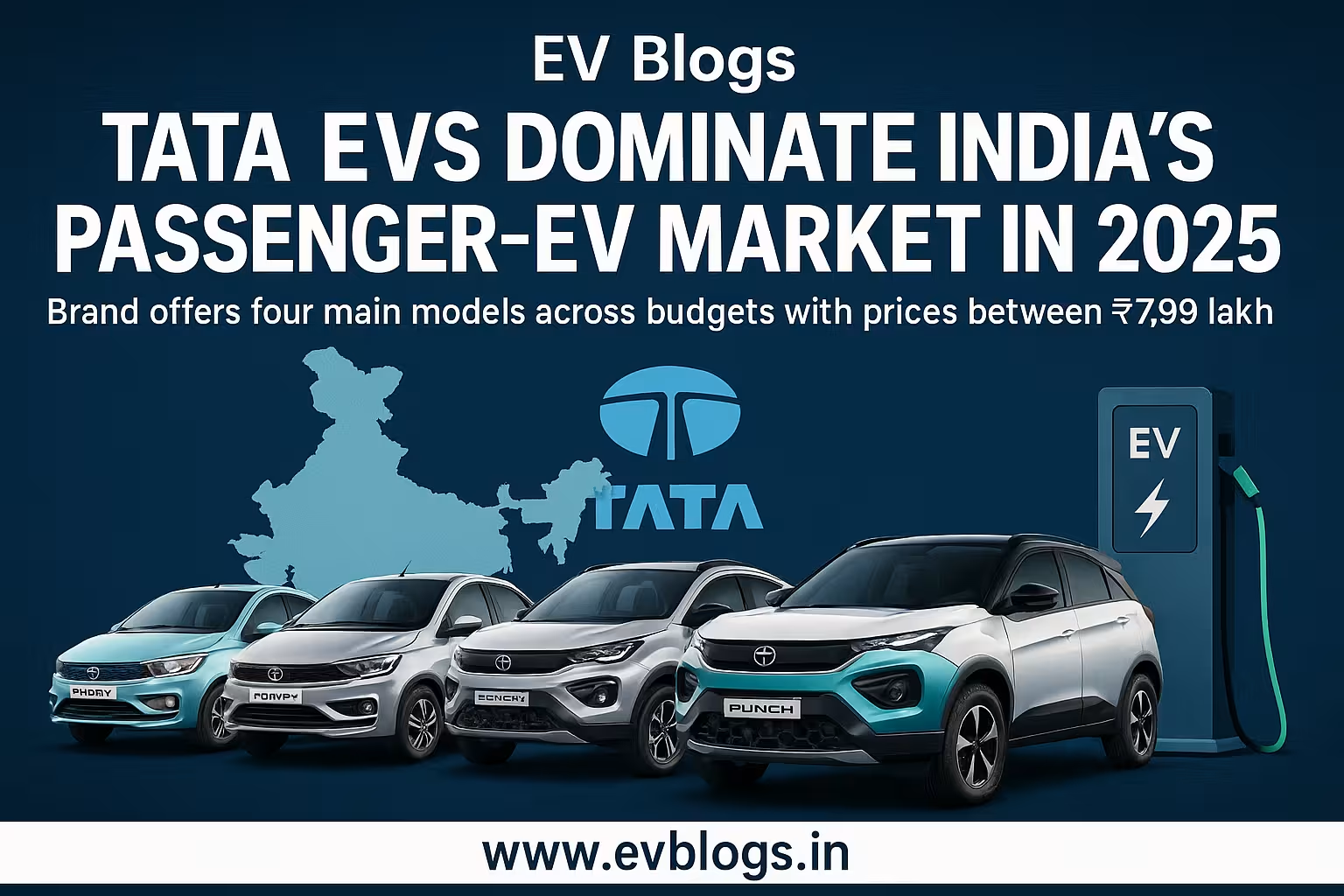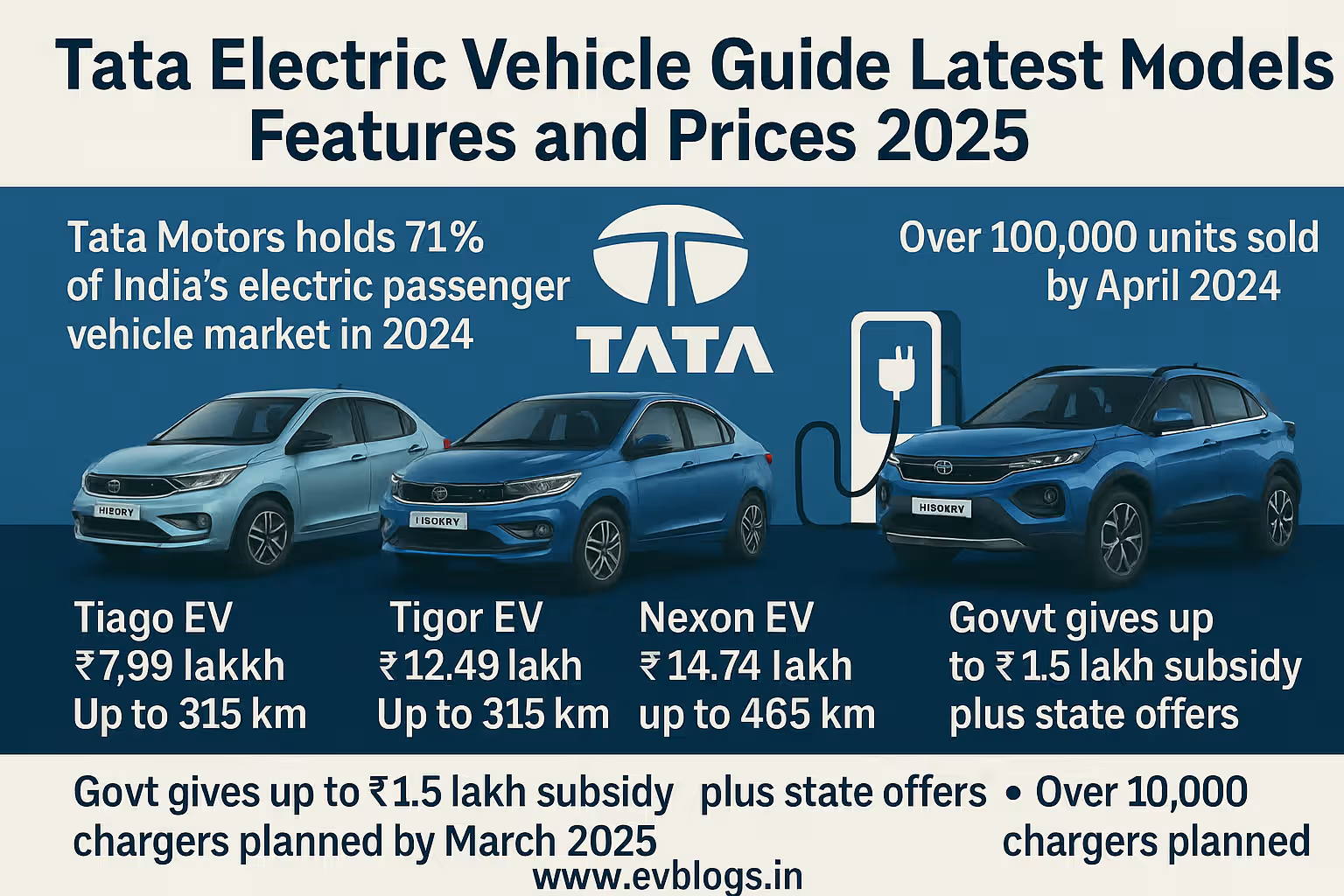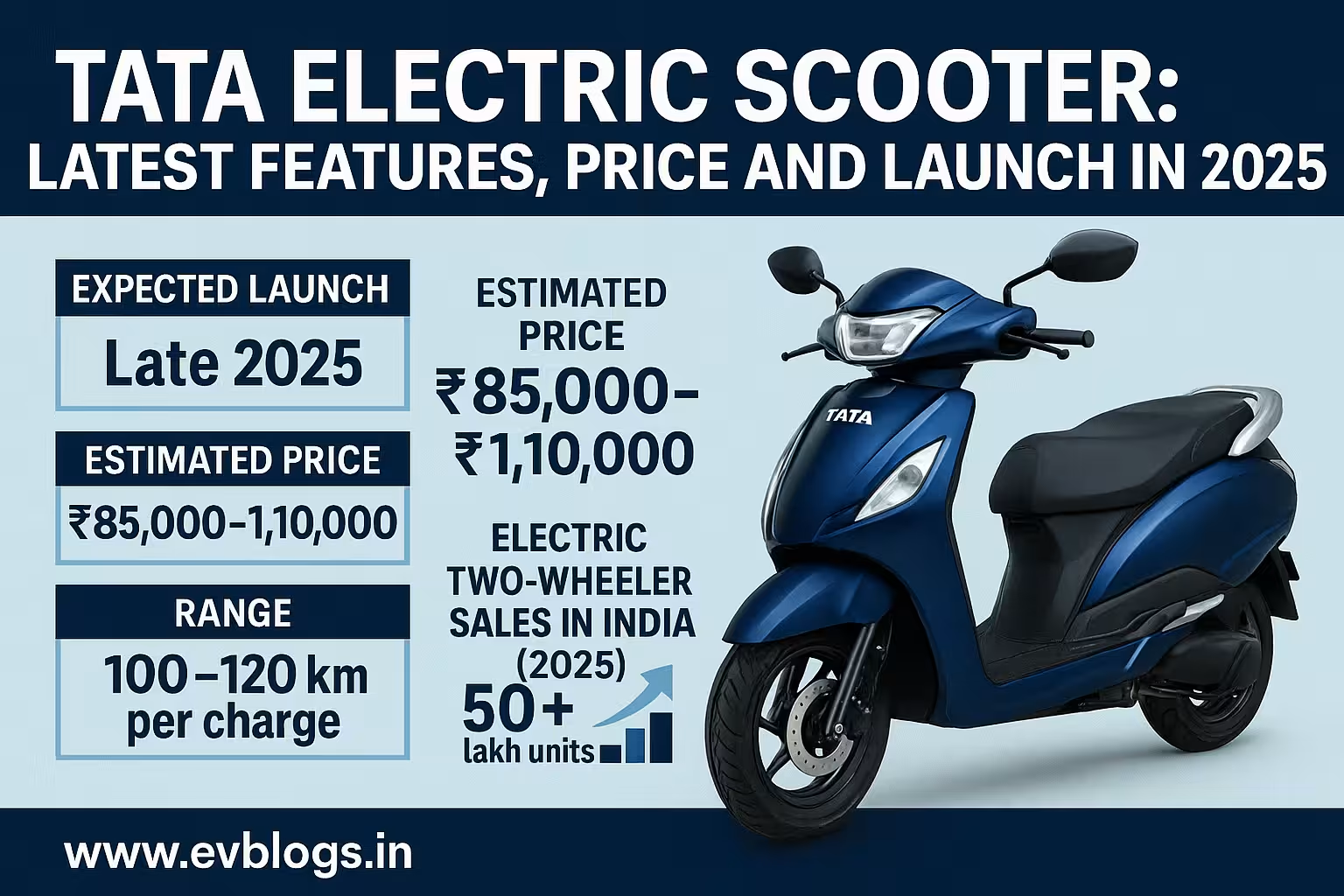Hedhvick Hirav
Hedhvick Hirav is a dedicated EV researcher and editor with over 4 years of experience in India’s growing electric vehicle ecosystem. Their contributions have been recognized in leading sustainability publications and automotive journals.
Summarize & analyze this article with
Choose an AI assistant and open this article directly:
Tip: if the AI doesn’t fetch the page automatically, paste the article URL manually.
Atomic Electric Vehicles: Comprehensive 2025 Guide for Indian Consumers
Introduction: New Age of Urban Mobility
The problems of urban transport in India are increasing with cities, traffic jam, increase in fuel prices and increase in air pollution. In this shifting landscape, Atomic Electric Vehicles (EVs) have emerged as a promising solution for both everyday commuters and last-mile delivery businesses. Atomic EVs can be commonly found with their small size, energy-saving, and environmental-friendly status making them highly popular with progressive Indians.
However, what are Atomic Electric Vehicles? What makes them different to regular EVs or e-bikes? Would they be feasible in 2025 to you or your company? This detailed guide will provide you with the most current facts, practical experience, and practical recommendations to these questions, so you could make an informed choice regarding whether or not to take up the future of mobility.
What are the Atomic Electric Vehicles?
Atomic EVs definition
Atomic Electric Vehicles Atomic Electric Vehicles are a new type of super-lightweight, super compact electric vehicle, aimed at the urban environment. The term “Atomic” does not refer to nuclear power; instead, it emphasizes minimalism: small size, reduced weight, and highly efficient energy use.
Key Features
- Light Building: This is one that does not exceed 100kg.
- Minimalist Design: It is centered on the needed functionality.
- Type of electric Drivetrain: Battery electric with no tail-pipe emissions.
- Urban-Focused: Designed for short-range commutes (typically 50–100 km per charge).
- Low Running Costs: The price of keeping the vehicle and charging costs is low.
What is the difference between them?
| Dimension | Atomic EVs | Ordinary E-Bikes | Common EV Cars |
|---|---|---|---|
| Size | ultra-compact | compact | Full sized |
| Weight | 50 -100 kg | 80-150 kg | 800-1500 kg |
| Passenger capacity | 121 | 21 | 55 |
| Range (per charge) | 50–100 km | 40–80 km | 200–500 km |
| Max speed | 25 45 km/h | 25 40 km/h | 80 160 km/h |
| Requirement to License | Not always necessary | Not necessary | Necessary |
Atomic EVs are somewhere in the middle between e-bikes and conventional cars: they are easier to operate than a car but have more weather protection and carrying capacity than most e-bikes.
What Is the Relevance of Atomic Electric Vehicles in India Presently?
Real-World Context
The fast urbanization of India has increased the daily commute and rendered it stressful. At the same time, there is an incentive by the government to have cleaner mobility solutions. In this respect:
- The short city trips prevail: More than 70 percent of urban travel in India is less than 10 kilometers.
- The internal combustion vehicles become unaffordable due to the increasing fuel cost.
- The issue of air quality puts pressure on the consumers and policy makers to consider sustainable options.
- The boom of e-commerce is increasing the need in effective last-mile delivery vehicles.
Atomic Electric Vehicles provide an opportune solution to these pressing demands since it is affordable and sustainable.
Key Facts about Atomic Electric Vehicles in India (2025)
| Parameter | Typ Value/Rang |
|---|---|
| Price Range | 55,000-1,20,000 |
| Battery Capacity | 1.5 – 3 kWh (Li-ion) |
| Charging Time | 3 – 6 hours (standard plug) |
| Running Cost | 15 -25 per km |
| Maintenance Cost | Low (fewer moving parts) |
| Warranty | three years/battery |
Prominent Models India offers
Good examples of the atomic EV models as at early 2025 include:
- Yulu Wynn
- Bounce infinity E1 lite
- Ola Solo
- Atom mobility Urban
All brands have slight variations in design, range, speed and features, but they all have the same main features as above.
Eligibility What Can Use Atomic EVs?
In contrast to the conventional two-wheelers or cars, most atomic electric vehicles are classified as low-speed vehicles in terms of the Indian legislature:
Legal Requirements
For Most Of Models:
- No registration needed in case of top speed of 25 km/h or less and motor of 250W or less
- No driving license needed (for low-speed variants)
- Minimum age: 16 years or more
- Must wear helmet (as per local laws)
To models with Higher-Speed: In case the vehicle is outside the limits as above:
- It is compulsory to get registered with RTO
- Licence to drive
- Insurance mandatory
Ensure that you check model specific requirements before buying.
Appropriate Profile of Users
Atomic EVs are suitable to use:
- Urban commuters who want to have easy urban mobility
- Students and young adults (above legal age)
- Elderly citizens who desire convenient means of transport
- Short distance delivery agents
- Business people in small firms who require intra-city transportation of goods
Advantages of Atomic Electric Vehicle
Environmental Benefits
- Zero tailpipe emissions cut down air pollution in the city
- Reduced noise pollution as compared to petrol cars
- Low use of resources because of lightweight construction
Economic Benefits
For Individuals:
- Extremely low running (as compared to petrol scooters and cars)
- Reduced maintenance expenses (no oil changes or complex engine parts)
For Businesses:
- Reduced cost-per-delivery of e-commerce or food delivery corporations
- Easy management of the fleet because of the simple charging requirements
Practical Benefits
Convenience:
- Small size- it fits even in crowded places to park easily
- Lightweight- is capable of being moved manually in case of need
Accessibility:
- There is no driving license or registration required on some models
- Easy learning curve- majority of users learn in minutes
Safety:
- Reduced maximum speed minimizes the risk of an accident in busy streets
The Step by Step Guide on how to Purchase an Atomic Electric Vehicle
The first one is to evaluate your requirements:
Ask yourself:
- How many miles do I commute on a daily basis?
- Do I require additional capabilities such as cargo space?
- Is Home/office charging infrastructure present?
Step 2: Searching of Brands and Models
Compare specifications:
| Name of model | Price | Scope | Best speed | Equipment |
|---|---|---|---|---|
| Yulu Wynn | 65,000 rupees | 60 km/h | 25 kmph | Changeable battery |
| Ola Solo | 90 000 rupees | -75 km | -40 km/h | Digital dashboard |
(Prices indicative; check latest rates.)
The third step, test ride and evaluate comfort.
Wherever possible try to see showrooms or book test rides by use of official websites.
Step 4: Monitor Incentives And Funding packages
Look for:
- Subsidies of state/FAME-II
- Bank/NBFC financing Plan
- Manufacturer discounts
5th step: Documentation & Purchase
In all the low-speed models:
- Only a little documentation; only identity/age proof
In models of a higher speed:
- Address proof
- Copy driven license
- Insurance papers
Step 6: Delivery and Set up
Majority of dealers will do simple orientation on how to charge and use safely. Make sure that you get warranty cards and user manuals.
Charging and Maintenance Advice to the Users
Charging Tips:
- And charge into ordinary household socket; ensure it is with legitimate chargers only.
- It is important to avoid deep discharging; recharge battery when it goes below ~20%.
- Park vehicle in the shade, or inside, when it is very hot.
- Where feasible, get the ones that have removable/swappable batteries.
Maintenance Advice:
- Maintain tires at recommended level of inflation.
- Clean power contacts regularly.
- Brakes serviced after every six months.
- Upgrade (firmware) where upgrading is done in the air by a manufacturer.
Atomic EVs also do not need much routine maintenance as compared to petrol vehicles- this is an added advantage even to first time vehicle owners.
The Alternatives of Other Urban Transport to Atomic EVs
The table below draws a comparison between atomic electric vehicles and those alternatives that are frequently used in Indian cities:
| Standards | Atomic EV | Petrol Scooter | E-Bike | Cycle |
|---|---|---|---|---|
| Cost of initial Cost | Moderate | Moderate-high | Low-moderate | Low |
| Fuel Cost /km | Very Low | High | Very Low | None |
| Emissions | 0 | high | 0 | 0 |
| Range/Charge/Tank | Normal | High | Normal | No limits |
| License Required | No | Often | Yes | No |
| Weather Protection | Some atomic EVs help in providing weather protection in part through enclosed cabin. |
Real stories in the form of use cases of Indian Cities:
The Case Study 1:
Ritu Sharma is a student in Pune college
“My daily commute is around seven kilometers each way. I switched from a petrol scooter to an atomic EV last year—it’s quiet, easy to handle in traffic jams, and I hardly spend anything on charging.”
Case 2 Study:
Local delivery startup, Ajay logistics
“Our fleet of atomic electric vehicles has slashed our operational costs by nearly half compared to our old petrol scooters—and we never worry about fuel shortages.”
These experiences demonstrate the way atomic EVs are changing everyday life of different user groups.
Future of the Atomic Electric Vehicles in India as Expert Insights
We contacted specialists in the industry whose views are as follows:
Atomic electric vehicles are a golden mean between personal transportation and city transportation- cheap enough to buy as an individual but durable enough to be used as a micro-business.
— Ankit Jain, Mobility analyst
The adoption rates will go up to twice by the end of next year with improved battery technology and favorable policies such as FAME-II subsidies till March 2026.
— Priya Mehra, Consultant in the industry
(Check latest government circulars.)
The major tendencies that are expected by analysts are:
- Greater use by female riders because of light weight construction
- Increasing integration with public transit apps (“first mile/last mile” solutions)
- Subscription based use models as well as outright purchase models are growing
Frequently Asked Questions (FAQ)
Q1: Is there any license to ride an atomic electric vehicle?
A: Not always—if your model has a top speed ≤25 km/h and power ≤250W (as per current regulations), no license or registration is needed.
Q2: What is the range I can go on a single charge?
A: The majority provide 50-100km per full charge; However, the range is conditional on the mass the model carries, the terrain and the battery condition.
Q3: What are the locations to charge my atomic EV?
A: You can recharge at home with a common power socket; charging points specifically designed are also available in certain commercial centres.
Q4: Is it safe to ride in case of the monsoon?
A: Yes, -but then at your risk, e.g. Don’t immerse in excess of recommended depths (The manufacturer of the product prescribes the conditions under which their product should be waterproofed or otherwise made water safe or safe about electricity).
Q5: What of the cost of replacing batteries?
A: L-ion batteries usually have a life of 3+ or more years; presently new l-ion batteries of appropriate capacity/model cost 12-30k rupees.
Q6: Do you get spare parts readily?
A: Major brands have their supply chains in big cities; make sure to inspect local dealer network before purchasing the less recognized brands.
Summary to Take Away and be Active
The electric vehicles that run on atomics are transforming the personal movement in Indian cities by providing an inexpensive and environmental solution to the contemporary urban life that runs on an atomics-driven power. Whether you’re looking to cut your commuting costs or streamline your small business logistics, these compact yet capable machines offer genuine value without compromising on convenience or environmental responsibility.
And in case you are thinking of the switch:
- Be honest with your everyday commuting habits.
- Compare the top brands in terms of breadth and after sales.
- Find out what subsidies or finance is available prior to purchase.
- Take a test ride—and experience firsthand how effortless electric commuting can be!
When you make a smart decision today, you will not only save money, but also be in a good position to help make the air cleaner and the cities smarter tomorrow.
Sources
- Ministry of Road Transport & Highways — morth.nic.in
- FAME-II Incentive Scheme — fame2.heavyindustries.gov.in
- Society of Manufacturers of Electric Vehicles — smev.in
- Yulu Official Website — yulu.bike
- Ola Electric Newsroom — olaelectric.com/newsroom
- Atom Mobility — atommobility.com
- Interviews with industry consultants conducted Jan-February 2025


